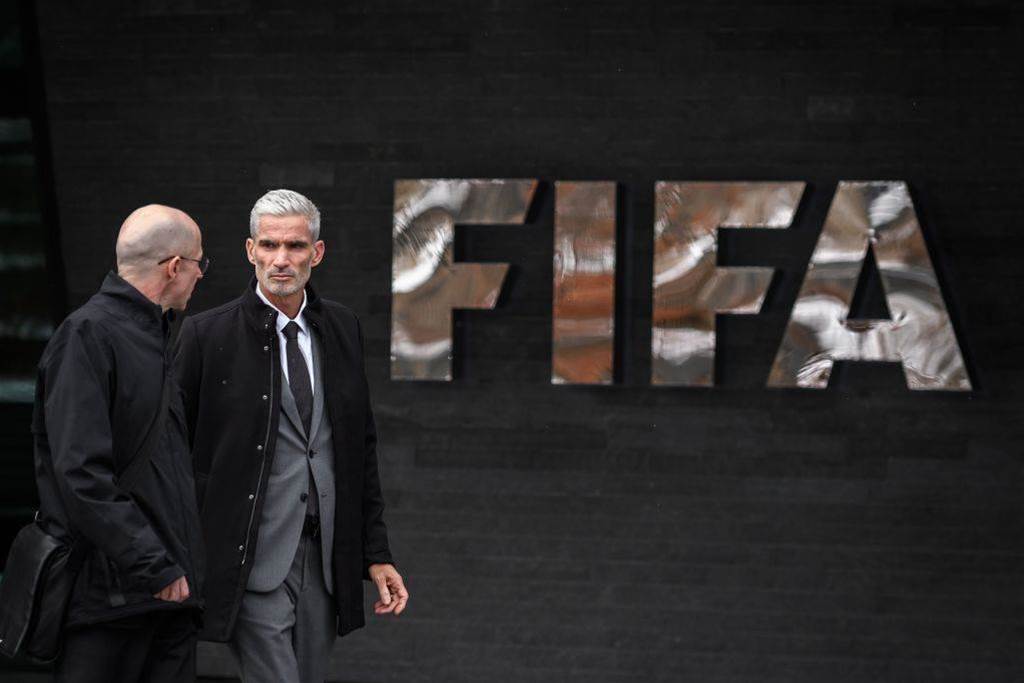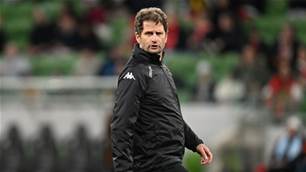A former Matilda, speaking on the condition of anonymity, has lashed out at the FFA for setting up the W-League for failure.
She claims the FFA’s scheduling, failure to have every game on free to air TV, the poor quality of stadiums and lack of marketing are all deliberate attempts by the “boys club” to show that female football is inferior and will fail in its own right.
The explosive comments come as the W League still struggles to draw crowds with 1,500 the average halfway through the current season.
“Women’s football is used by the men to get government funding for them, pure and simple,” she said.
“They all pretend to care and whilst some do, by in large a lot of men involved in the running of our game still treat female football as a joke and at best a gimmick.
“They all laugh at it behind the scenes, pretending to care, and sadly most of the community buy it.
“They make all these bad strategic decisions and then say, ‘We told you so’ when the women’s league fails to get crowds.
“They then justify taking all the money provided for female sports and let the males benefit from it.”
Female football participation has gone through the roof in Australia in the past few years, with over 400,000 now registered to play according to Roy Morgan Research. This doesn’t include futsal, school or various community social programs that exist.
This number is well ahead of the 176,000 females that play Aussie Rules, the second-highest football code with female participants.
The Federal government has pledged over $150 million in funding over the next four years for female sports and every code wants its piece of the pie, including football.

The passionate footballer, who has two sons and a daughter that play football, didn’t mince her words when pointing out that women’s football was only taken seriously when the government was giving handouts to female sports.
“That is the only reason clubs are now pretending they want to support female programs,” said the former Queensland resident, who has coached at junior and senior levels in Queensland, NSW and Victoria.
“They want their dollars for their male teams to win sheep stations.
“Parents out there are forking out thousands a year hoping their child makes it, whilst clubs get government handouts and provide state of the art change rooms and facilities, mainly for men’s NPL and even state league.
“Even if a little girl makes it, she will have to give up work and studies to get paid a pittance.
“They all talk about women’s football generating more revenue if women want to get paid more, but how can they when the W League is set up to fail.
“Who wants to go to Broadmeadows on a Thursday night to watch Melbourne City or Morwell to watch Melbourne Victory? Who can afford $25 a month on top of their Foxtel bill to watch a poorly streamed W-League game?”
While the comments would be echoed by many in the football community, there are some who would take exception to this.
There are a large number of men who are driving the progress of female football. The bulk of the coaches in the W-League are men. Prominent males in the footballing community like Craig Foster and Mark Bosnich have advocated for more investment in female football.

The harsh comments are sure to generate some debate with many females asking for a better deal when it comes to publicity and profile.
The current W-League pay deal is in line with the minimum hourly wage that A-League players get.
The Matildas recently signed an equal revenue share deal where 50% of total commercial revenue generated by both the Matildas and Socceroos will be pooled together and shared equally.
“The revenue deal was something, but the bulk of that came from the extra share given to players,” said the disgruntled ex Matilda. “The men didn’t sacrifice that much.”
This comment is not entirely accurate as previously both the Socceroos and Matildas received 30% of prize money generated by each particular team. This meant the Socceroos received a lot more as they played in tournaments that had significantly higher prize money available.
This will now slightly change with commercial revenue now added together before being divided, but prize money will still depend on how each team performs in their respective tournaments.
Australia is bidding to host the 2023 Women’s World Cup with New Zealand, and if successful it should provide a huge boost to female football. The former Matilda though, was not convinced.
“If we do host it, then at the end of the day the better stadiums and facilities will benefit other sports and male football.
“Women will be pushed aside after we have passed our usefulness.”
It appears that some females will always mistrust the establishment. Time will tell though what FFA does to fix the awkward situation female football now finds itself in Australia.
The W-League is at a high risk of becoming a minnow competition with the rise in European football and the prestige of the American NWSL pushing the Australian League into the shadows.
Also, the current golden generation of Matildas won’t last forever, with Sam Kerr likely to only feature in one or two more World Cups.
The plight of the Young Matildas has been well publicised with another failure to qualify for a Youth World Cup showing glaring weaknesses in our national curriculum.
Over to you FFA.
Copyright ©The Women's Game All rights reserved.
Related Articles

'Timing not right': Montemurro's verdict on Matildas vacancy

Matildas: 'Fourth at the Olympics is honestly the worst place you could come'
.jpg&h=172&w=306&c=1&s=1)












